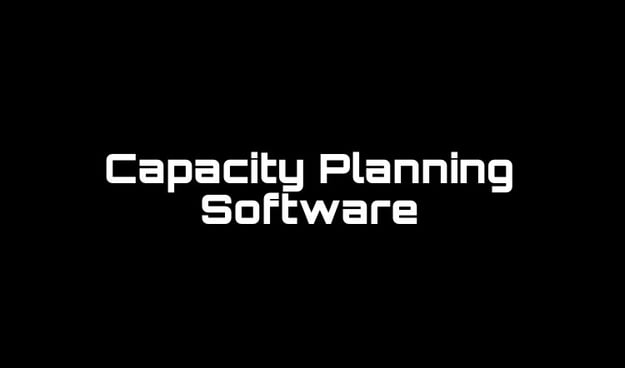Topics: Advanced Planning and Scheduling, PlanetTogether, production planning, APS, challenges in supply chain, production capacity
Almost immediately after upgrading your factory’s production equipment, increasing your staff, or changing your production processes, your scheduling method will need to be updated to anticipate your new production capability. Manufacturers will often use spreadsheets to simulate future changes, but they do not allow the team to capture the finer details that yield a clear picture about the future. Implementing a powerful planning and scheduling tool provides such visibility, thereby empowering the team to make forward-looking decisions in the process.
Manufacturers will often use spreadsheets to simulate future changes, but they do not allow the team to capture the finer details that yield a clear picture about the future. Implementing a powerful planning and scheduling tool provides such visibility, thereby empowering the team to make forward-looking decisions in the process.
At the outset, once new production operating parameters are made, you might assume that your scheduling software will oversee any other changes needed—it can seem simple to enter an increased number of paint spindles or a higher flow rate to increase productivity. Similarly, an increase in personnel usually just requires that the new employees’ available time and average work rates be entered into the company production planning database. Knowledgeable operators familiar with the basics of the scheduling program can make necessary changes should take only a few minutes. Issues can arise, however, when the new data is run through the scheduling software’s algorithms that create the actual production schedules.
 As your team and the scheduling software adapt to an increase in production capacity, you should watch for several possibly unexpected influences upon future schedules. For example, your goal of running more product through the updated system can seem fairly straightforward—larger production batches can be produced in the same amount of time as before the equipment upgrades. However, the downstream effects of this process change quickly become complex:
As your team and the scheduling software adapt to an increase in production capacity, you should watch for several possibly unexpected influences upon future schedules. For example, your goal of running more product through the updated system can seem fairly straightforward—larger production batches can be produced in the same amount of time as before the equipment upgrades. However, the downstream effects of this process change quickly become complex:
There are a number of temporary considerations to take into account as well. Maintenance windows might need to be increased during employee training. As well, production might not reach full capacity immediately if new employees are being trained, or experienced employees are becoming familiar with the new equipment. A robust, well integrated, scheduling program will take this into account and produce schedules that reflect these increased down times.
For this reason, incorporating computer simulations into capacity planning is a well-regarded industry practice. There is no reason for these changes in scheduling to come as a surprise to management when it’s possible to see the simulated effects before changes are implemented. Program managers, can then regulate these results throughout your scheduling software by manually controlling downtime, running training sessions, and being aware of changes that occur in the rest of your manufacturing operation when you increase production capacity. With a streamlined process and interdepartmental scheduling communication, implementing scheduling software in the beginning stages of your company’s growth can prime your facility for even greater expansion down the line.
For more information on capacity planning and APS Software, visit our site here.
Topics: Advanced Planning and Scheduling, PlanetTogether, production planning, APS, challenges in supply chain, production capacity
0 Comments
No video selected
Select a video type in the sidebar.







LEAVE A COMMENT